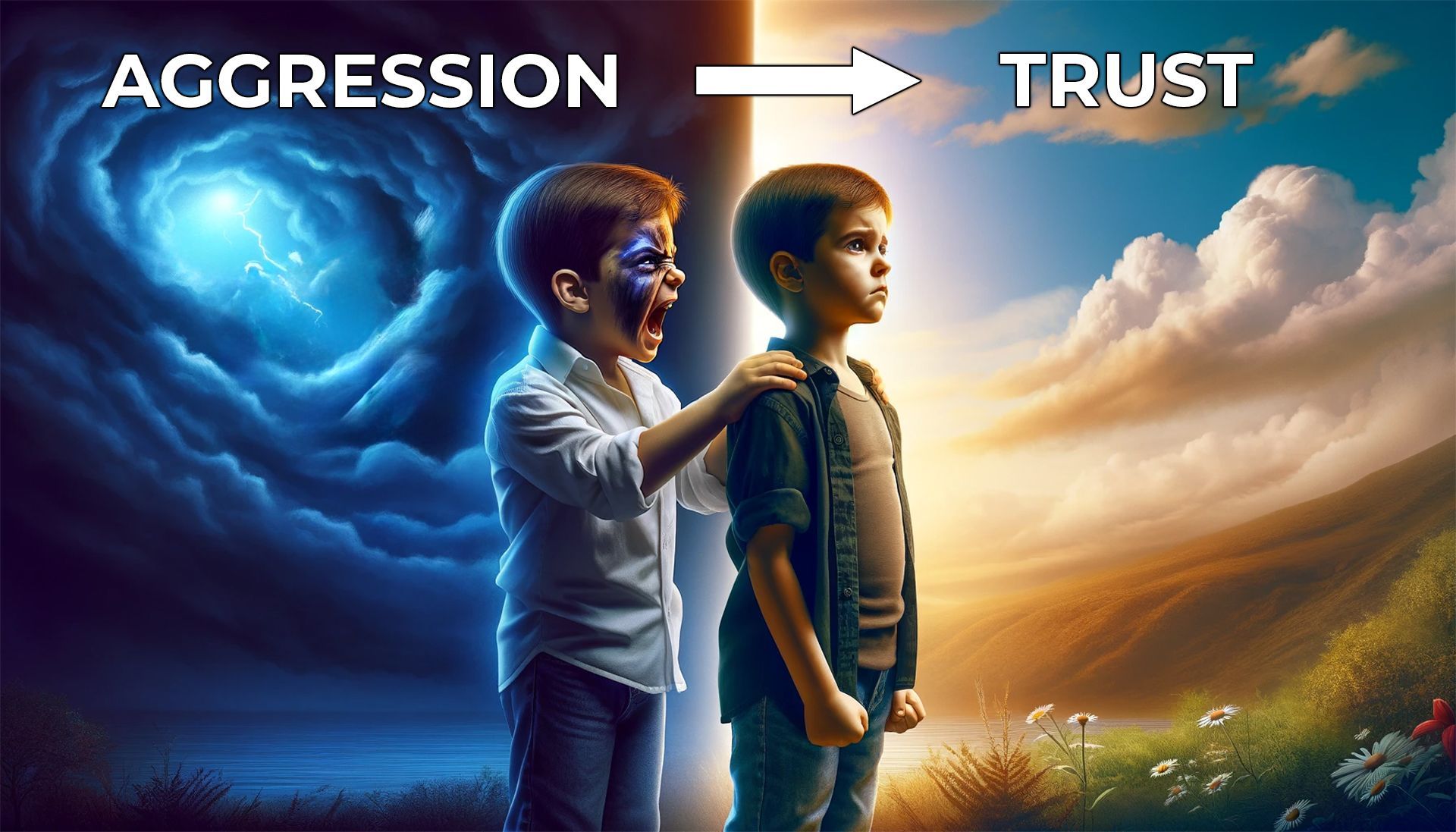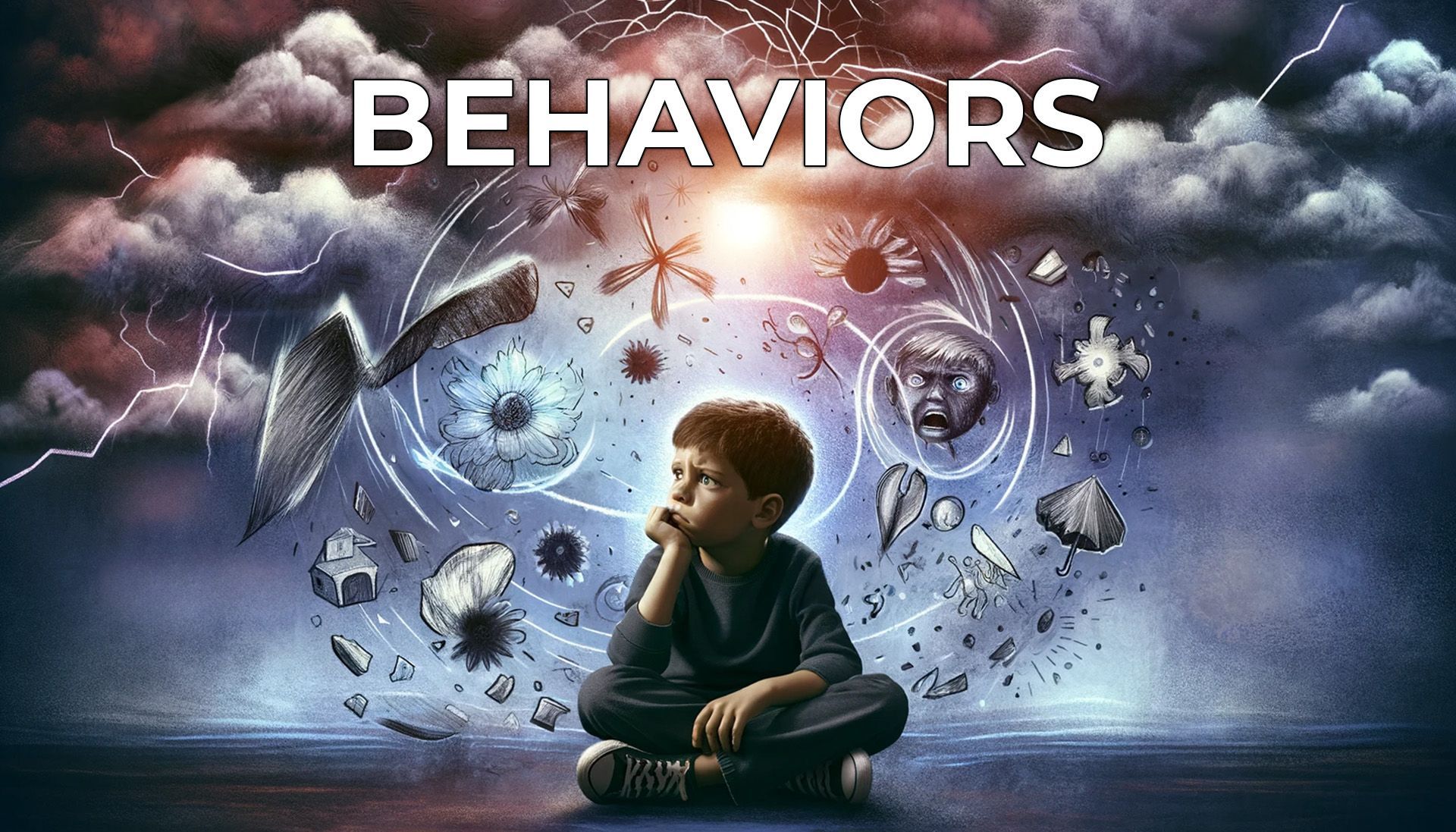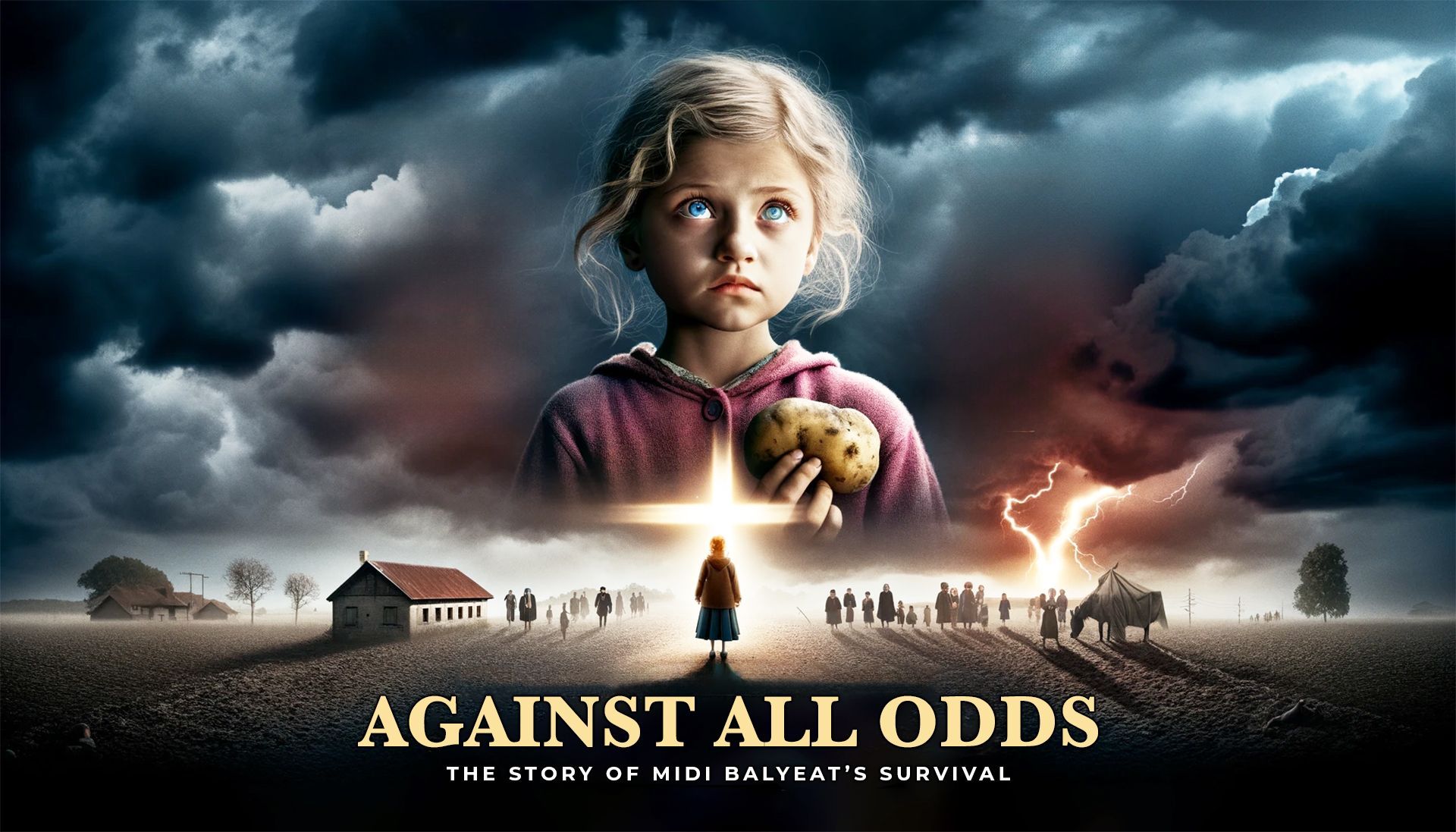Get in touch
555-555-5555
mymail@mailservice.com
Hello, I'm Dr. Mark Danielson, and my journey in understanding and healing childhood trauma has led me to some profound insights about the emotional well-being of children. My approach, deeply rooted in trust-based relationships, aims to provide a nurturing environment where children can flourish despite their traumatic experiences.
In this blog, I want to introduce you to the WAGON Method, an innovative framework that metaphorically represents the multifaceted needs of traumatized children. This method comprises essential components like the Wheels of Well-being, Advocacy, Grounded Experiences, Outside Obstacles, and Nurturing Network, each playing a vital role in the child's healing journey.
The purpose of this blog is to weave together my insights with the principles of the WAGON Method. Together, they offer a comprehensive guide to support the emotional health of children, particularly those who have experienced trauma. It's about understanding their world, their challenges, and how we, as caregivers and professionals, can be their strongest allies.
Understanding Childhood Emotions
The Role of a Support Team
Effective Communication Strategies
Identifying and Responding to Triggers
Distinguishing Needs from Manipulative Tactics
Engaging in Supportive Activities
Conclusion
Children's emotions can be as varied and deep as the ocean. Common emotional challenges such as depression, aggression, and withdrawal are often signs of underlying distress. It's essential to recognize that these emotions are not just phases; they are expressions of internal struggles that need attention and understanding.
From my perspective, the emotional journey of children is characterized by a natural ebb and flow. It's important to recognize and validate these emotional tides, understanding that they are part of the child's response to their environment and experiences. In the WAGON Method, the 'Wheels of Well-being' component emphasizes two crucial aspects: Safety and Stability. These are the foundational needs that must be addressed to ensure the emotional and psychological well-being of the child.
No child is an island, and this is particularly true for those navigating the rough waters of emotional challenges. The role of counselors, therapists, and mental health professionals is pivotal in providing the support and guidance these children desperately need. It's about creating a circle of trust and safety around them.
In the WAGON Method, Advocacy is represented by the Oxen, symbolizing the strength and perseverance of primary advocates in a child’s life. These advocates – be they caregivers, mentors, or caseworkers – are the driving force that helps the child move forward on their healing journey.
Collaboration and effective communication within the support team are like the Yoke of the WAGON Method. They work together to ensure that the efforts of different advocates are well-coordinated and focused on the best interests of the child. This unified approach is crucial in creating a stable and nurturing environment for the child to heal and grow.
Communicating effectively with children about their emotions is both an art and a science. My approach emphasizes the importance of engaging children in meaningful conversations that validate their feelings and experiences. To do this, we need to create a safe space where children feel comfortable expressing themselves without fear of judgment or reprisal.
One of the most powerful tools in our communication toolkit is reflective listening. This involves listening to the child’s words and feelings, and then reflecting them back in a way that shows understanding and acceptance. It's about being present with the child, both physically and emotionally, and responding with empathy and compassion. This technique not only helps children feel heard and understood but also aids them in processing their own emotions.
The WAGON Method complements this approach through its ‘Grounded Experiences’ component, particularly the Toolbox and Jockey Box. These represent the child's coping mechanisms and immediate responses. By understanding and reinforcing these tools, we can help children develop healthy ways to deal with their emotions and reactions to various situations.
Children, especially those who have experienced trauma, can be highly sensitive to certain triggers. These could be traumatic events, significant dates, or even subtle reminders of past experiences. It's crucial to approach these sensitive topics with care and understanding.
In the context of the WAGON Method, these are part of the ‘Outside Obstacles’. Recognizing and addressing these challenges requires not just individual effort but also a collaborative approach with the child’s support network. It involves brainstorming and implementing strategies that are tailored to the child's unique experiences and needs. By working together, we can provide a consistent and supportive environment that helps the child navigate through these challenges.
One of the more complex aspects of working with children who have experienced trauma is discerning their genuine emotional needs from potential manipulative behaviors. This discernment is critical in providing the right support without reinforcing unhealthy patterns.
My experience has shown that empathy, coupled with a clear understanding of the child's background and experiences, is key to making this distinction. It’s about looking beyond the surface behavior to understand the underlying needs and emotions. This requires patience, insight, and often, a bit of detective work.
Effective strategies include maintaining clear and consistent boundaries, providing predictable responses, and fostering an environment where the child feels secure enough to express their true needs. By doing so, we can create a space where genuine needs are met and manipulative tactics are gradually replaced with healthier forms of communication and interaction.
Participation in activities that children find enjoyable and comforting is a cornerstone of emotional support. It's about more than just keeping them occupied; these activities provide an outlet for expression, a sense of normalcy, and opportunities for joy and relaxation. Whether it's art, music, sports, or simply playing games, these activities can significantly uplift a child's spirits and contribute to their overall well-being.
Physical comfort and connection also play a vital role in emotional support. For many children, especially those who have experienced trauma, physical gestures like a comforting hug, holding hands, or even sitting close can provide a sense of safety and reassurance. These simple acts of physical connection can be powerful in conveying non-verbal support and love to a child.
We’ve explored the importance of understanding and supporting children’s emotional health, particularly for those who have experienced trauma. We’ve discussed effective communication strategies, the significance of identifying and responding to triggers, and the value of engaging in supportive activities. By integrating the WAGON Method with my approach, we can offer a more comprehensive and effective framework for nurturing the emotional well-being of children.
I encourage all readers, whether you are a parent, caregiver, educator, or mental health professional, to apply these integrated approaches in your interactions with children. Remember, every child deserves a supportive environment where they can express themselves freely, feel safe and loved, and have the opportunity to heal and grow. Let us all commit to being a part of that nurturing journey.






